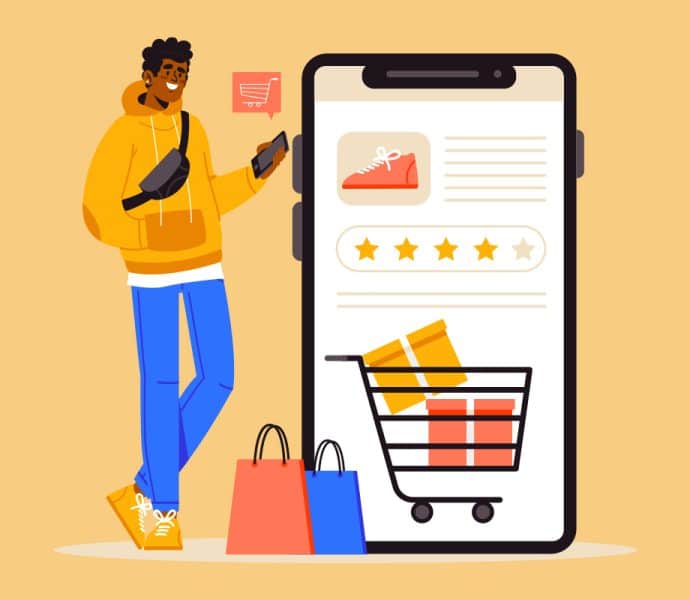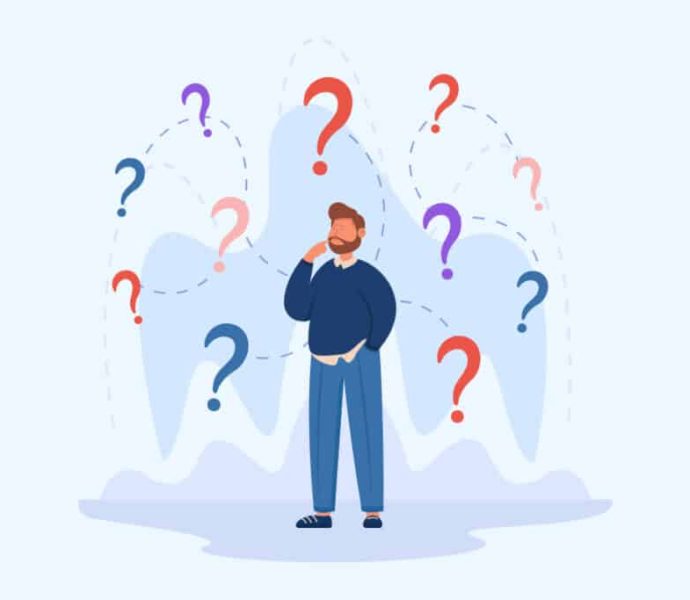
7 New Year’s Resolutions for eCommerce Managers
With the close of 2024 and welcome to 2025, UK eCommerce managers can hit the reset button […]
Ecommerce
Mat O'Connor
4th December 2014
3 minute read
At the last point of writing we were counting down the days and hours until Black Friday and it’s associate, Cyber Monday became the biggest online sales event of the year. With the oodles of articles and blogs written on the topic, we’d forgive you for stifling a yawn, but we’d first encourage you to swap war wounds, or not as the case may be…
So…were you fully stocked? Did you fine-tune your PPCs? Did your website withstand the upsurge in traffic? Or were you buried under a sea of security guards and off-brand flat screen TVs?
Well, the bets are in so lets take a look at who rose triumphantly from the onslaught, and who crashed under the pressure.
Retail goliaths Apple, Samsung, EA and Microsoft are among the profit heroes in current articles circulating. For a country that doesn’t officially celebrate Thanksgiving, the figures published indicate Black Friday attributed to some hefty spends this side of the festival, (not bad considering we won’t be tucking into a family turkey dinner for another 21 days) and if you were forearmed prior to the big day, you were set to sit back and rack up.
One company (you might have heard of) averaged 64 items sold per second, and generated sales over 5.5 million, reportedly the most it has ever achieved in the UK. Pardon? Oh right, it was Amazon.
In fact according to business insider as many as 55 of the top retailers failed their Cyber Monday exam, including Argos, John Lewis and Boots to name but a few. All were down and out at various points of the day, urging customers to change lanes, allowing prevailing companies to cash in on their new arrivals with well placed tactical PPC ad campaigns.
When looking at the statistics for Cyber Monday you’d be hard pushed to find evidence of a decline in online spending during the lead up to Christmas. Black Friday and Cyber Monday are here to stay, with sales smashing last years figures. But look closely, a change in consumer spending patterns is emerging. Burgeoning use of mobile devices used for online shopping indicates that websites need to focus on larger and more dexterous displays of information and payment options, helping to create a seamless shopping experience. It would be short sighted to assume that the current modes of marketing are enough to keep consumers fulfilled (such as PPC and banners on websites). Guardian writer Anne Giulianotti states that retailers should be focusing more on ‘how we can help customers buy more, rather than how retailers can sell more’, with a ‘it’s not me it’s you’ approach to retailing. We’re all aware of how much more autonomy lies in the hands of the consumer nowadays; expectations are higher and smart responsive web designs are part and parcel of staying ahead of the game, including data immersion, customer question forums and competitive delivery costs needed to ensure competitive online offers. But what else?
The aftermath of Black Friday reveals that customers are seeking both a virtual and authentic shopping experience. With videos still circulating showing over-excited customers playing ‘pile-on’ in some of the UKs biggest stores across the land, it’s apparent that online retailers need to provide a combination of online and offline shopping adventures. ‘Showrooming’ and ‘webrooming’ bridge the gap between online shopping and the satisfaction that shopping in store can bring.
Pay and collect, In –store ordering, and asking ‘virtual’ assistants can help customers feel their online experiences are not separate from their in store ones, instead they should be mutually dependent. It’s worth noting that 66% of people aged 22-65 expect retailers to provide in store support even though they have bought online. Lets be honest we’d all like to have our cake and eat it whether we bought it online, or in store.

With the close of 2024 and welcome to 2025, UK eCommerce managers can hit the reset button […]

Get the Best Team Choosing the right Magento/Adobe Commerce agency to work with can be a […]

Meta descriptions are brief summaries of a webpage that appear in search engine results pages (SERPs). […]